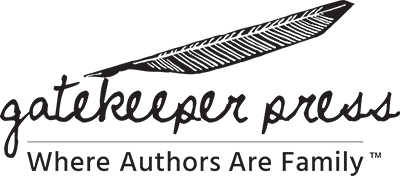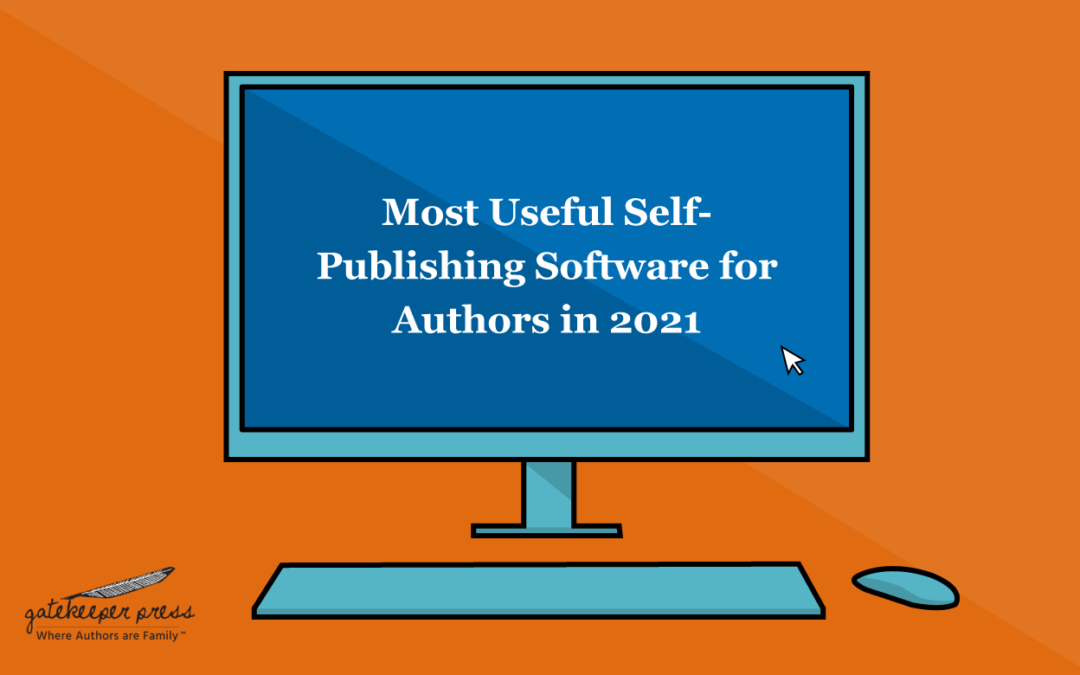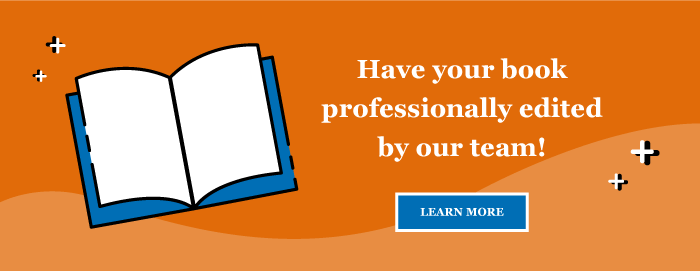We are an automated society, enjoying the many benefits of technology that help make our lives easier. When it comes to authoring a self-published book, it is natural to wonder what self-publishing software can help move our projects along. Of course, the heavy lifting in writing a book must be borne by us, but we can also use technology to improve efficiency in the writing process.
Never before has a writer had so many options for getting their work published. Self-publishing has opened doors that had previously been nearly impenetrable, allowing anyone who wants to publish a book to do so.
As a result of the overwhelming success of this alternative to traditional publishing, an ever-growing selection of writing tools has become available. As you begin to research the various online software tools, you will soon discover that the best self-publishing software are the ones that provide the smoothest, most relevant user experience. Continue reading to learn all about the best self-publishing software available to authors.
Best 8 Self-Publishing Software for New Authors
The most important self-publishing skills include excellent writing, a lively imagination, and steely perseverance. Once you have completed a stellar manuscript, it is time to decide on your options. Here are some of the best self-publishing software resources for authors:
1. Scrivener
Writers praise the many features of the Scrivener platform, most of which are absent from generic programs like Microsoft Word. Scrivener’s Outliner tool allows the writer to create a detailed book outline. It also has a drag and drop tool to move sections around and a corkboard feature to create a visual storyboard. The downside is that it is a complex program with a steep learning curve.
2. Hemingway App
The Hemingway App is a colorfully visual editing program that alerts the writer to any issues in their writing style. Using a color-coded system, the app directs attention to such things as overly long sentences, the use of passive voice, or problems with complex phrasing. It also helps you generally tighten up your writing. Hemmingway is best used for short projects or blog posts that would benefit from ease of readability.
3. Adobe InDesign
For authors interested in self-publishing, Adobe InDesign offers a platform that will format content and graphics into EPUB or PDF format to export and use for online publishing platforms like KDP. InDesign also offers excellent cover design capabilities. However, it does not provide any copyediting or proofreading functionality.
4. Vellum
Vellum, like Adobe InDesign, is a software for authors who have already had their manuscripts edited and proofread. Vellum focuses solely on interior book design and formatting for Mac users, converting the manuscript into EPUB or PDF files for distributors.
5. Microsoft Word
Microsoft still reigns supreme for self-published authors, as its platform is so familiar and easy to use. MS Word lacks the bells and whistles of other platforms like Scrivener, but some writers prefer its simplicity.
6. Google Docs
Google Docs is a free and streamlined version of Microsoft Word, but in an online format that allows for collaboration and editing. Google Docs is a favorite platform with features like autosave and integrated Google search capabilities for data or image location.
7. Grammarly
Grammarly is a program dedicated to proofreading and editing a manuscript. The free tool provides these basic editing features, while the premium version can detect plagiarism and enhance vocabulary and sentence flow.
8. Gatekeeper Press
Gatekeeper Press is a self-publishing company that offers a full range of editing and design services for indie authors. Additionally, Gatekeeper Press is a book distribution aggregator with a long list of distribution channels for its self-published authors.
What to Look For in a Self-Publishing Software
When considering the various programs to assist with your self-published book project, there are several things to keep in mind. Consider these points when seeking the best self-publishing software options:
- Cost. Software prices vary, and there are some that are totally free (though with limited features). Most of the really good comprehensive self-publishing tools require a subscription fee, paid either as a one-time annual cost or as a monthly auto expense.
- Ease of use. Depending on your technical skills and patience level, ease of use can be an important consideration when selecting a self-publishing tool.
- Distribution capabilities. If you are looking for editing and proofreading capabilities plus distribution channels, you’d need an all-in-one self-publishing company like Gatekeeper Press.
- Collaboration capabilities. Some software, like Google Docs, allows the writer to share their manuscript directly with an editing team. You need an app that offers such an avenue for others to collaborate with you or critique your work.
Self-Publishing Software That Offers Editing and Distribution
While it is true that many software tools are available for self-published authors, it can also mean cobbling together two, three, or even four different programs to cover all the bases. You may need a writing app like Scrivener, a proofreading app like Grammarly, and a formatting app like Adobe InDesign all at the same time. The learning curve for each can be daunting. Plus, having three apps or more is costly.
Instead of attempting to reinvent the wheel, why not partner with a full-service self-publishing company that offers all these services plus the wide distribution of your book? Gatekeeper Press is your go-to resource for fine-tuning, designing, and distributing your self-published book. All you need to do is write, and we’ll take care of the rest.


